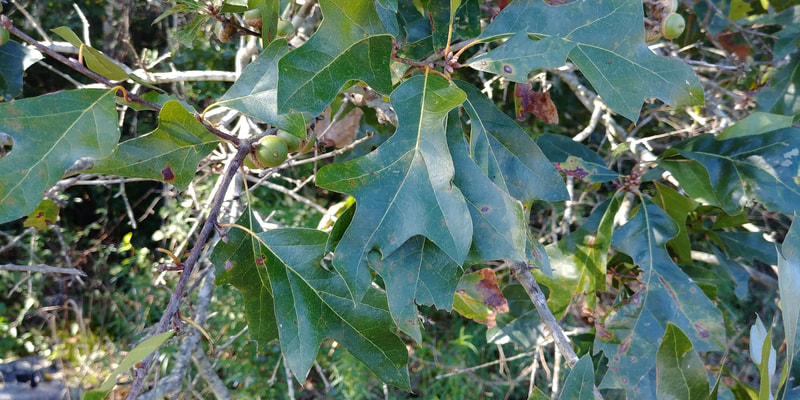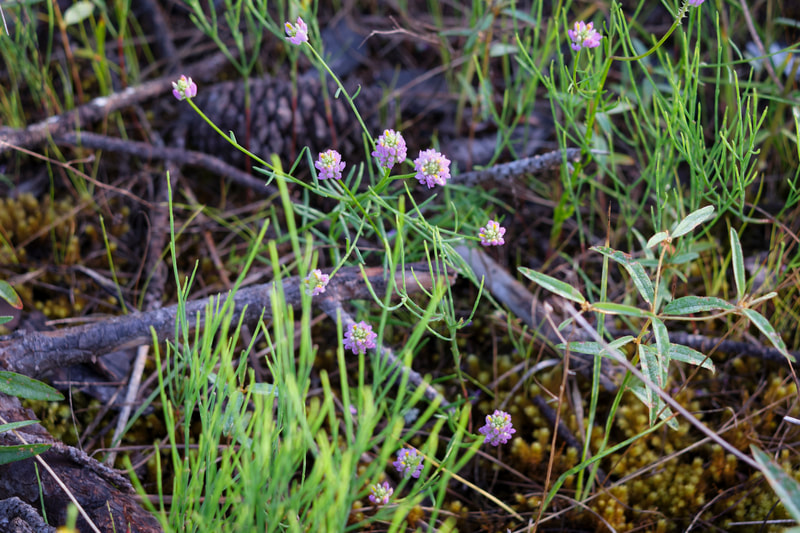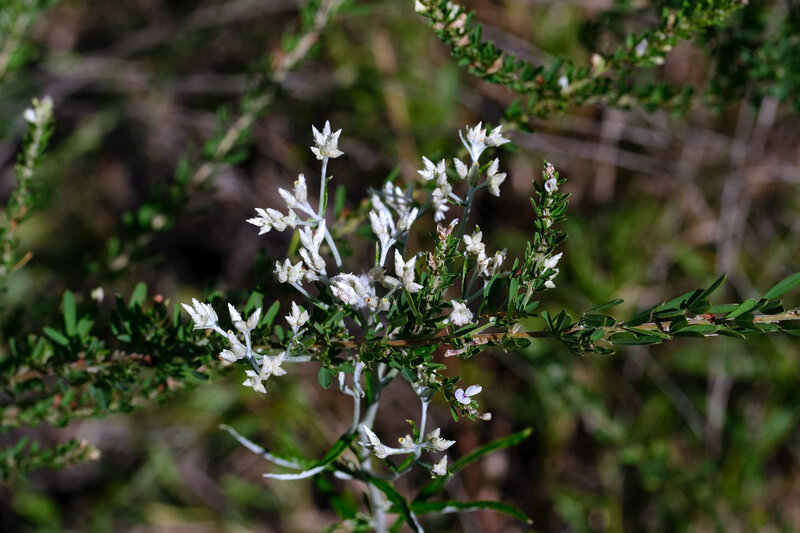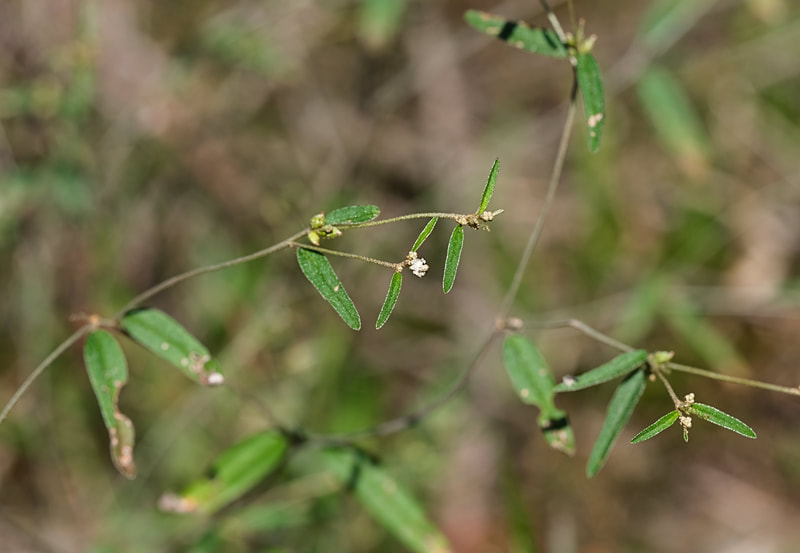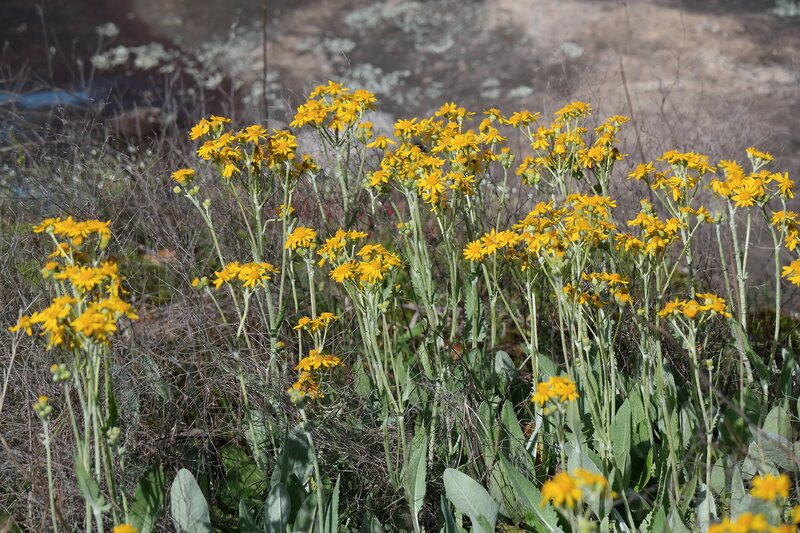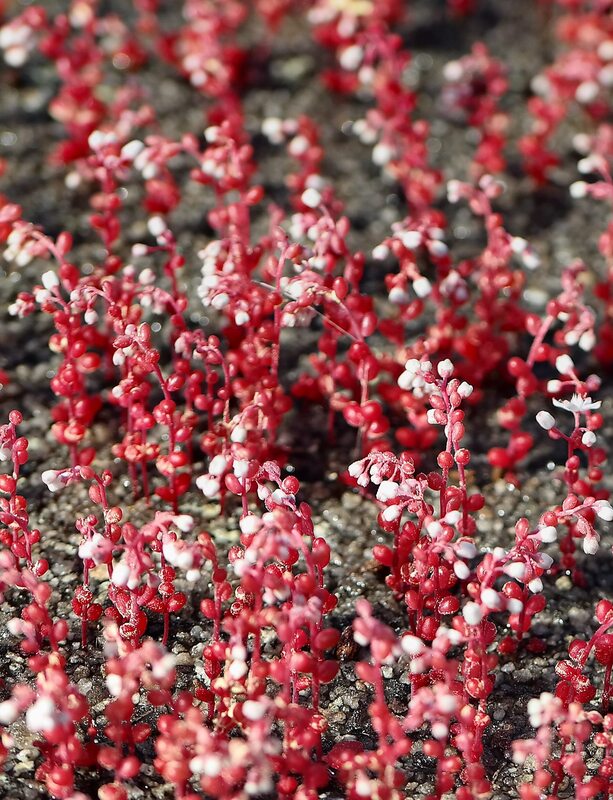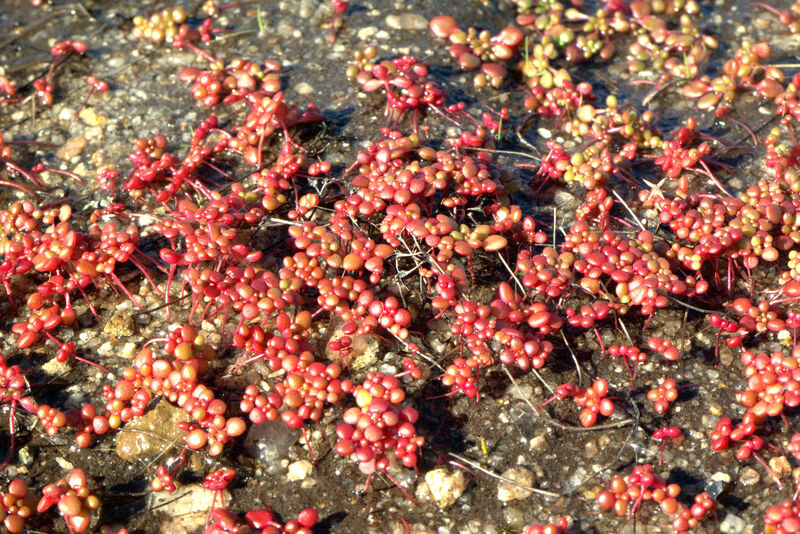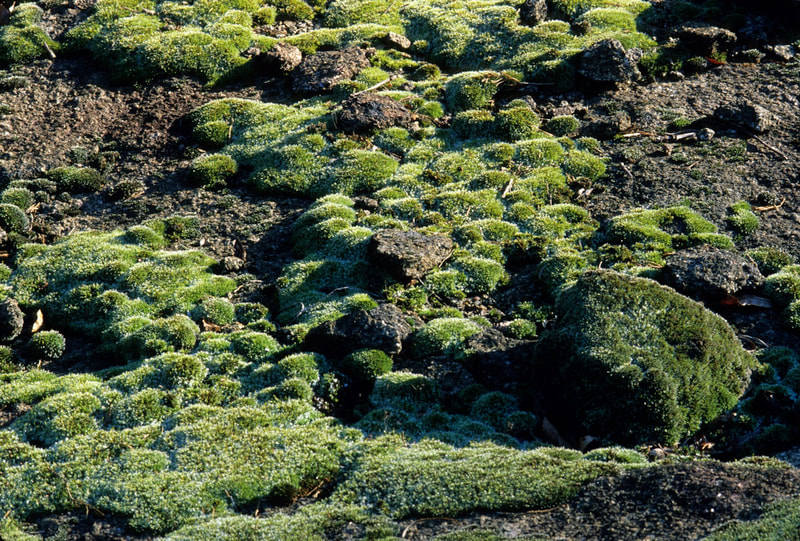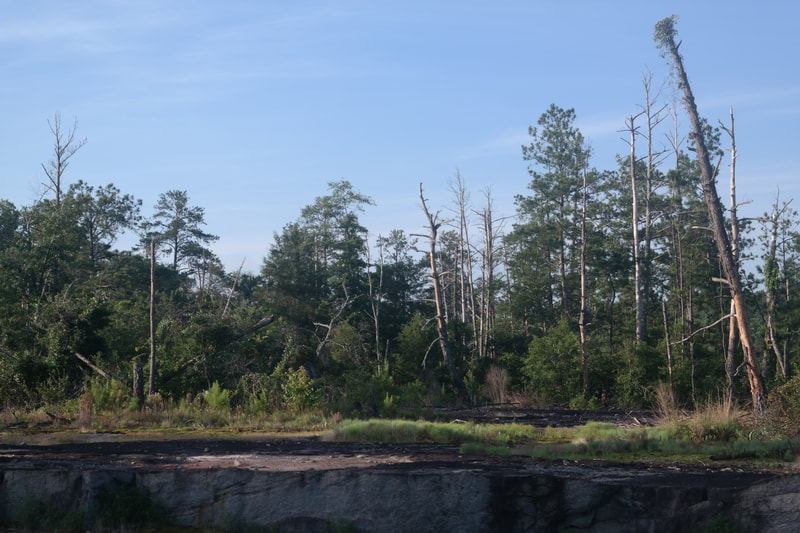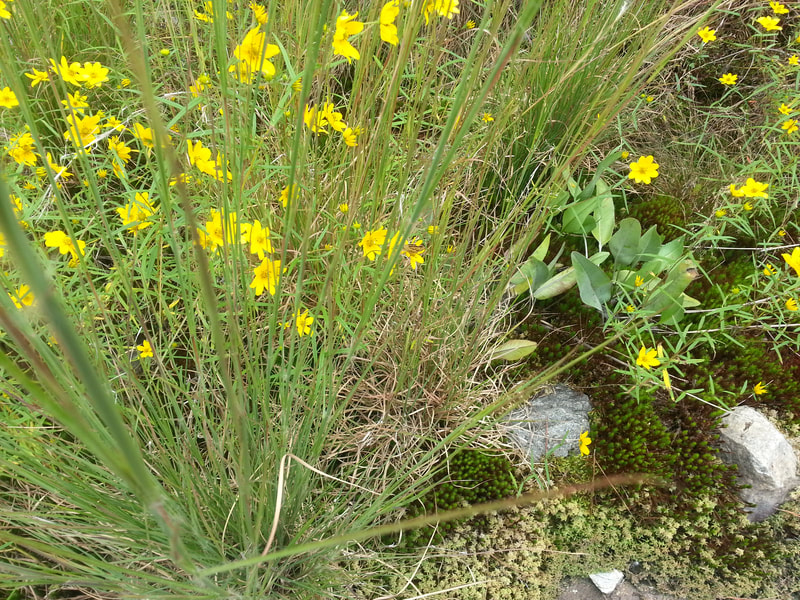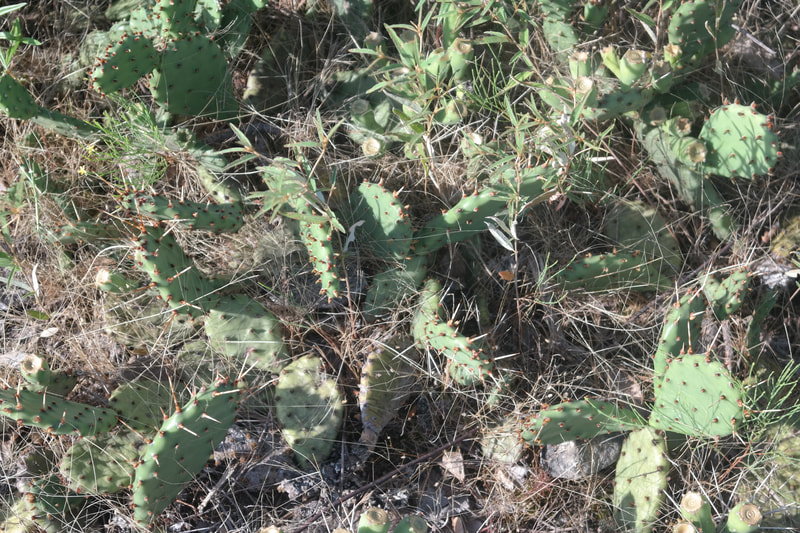Plant Adaptations to Rocky Sites (including glades, barrens, rock outcrops, and cliffs)
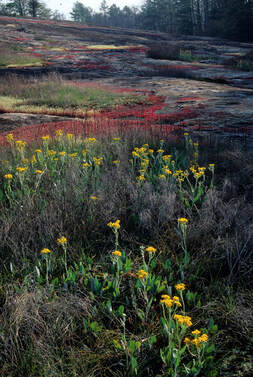
Rocky natural communities include rock outcrops, cliffs, and glades and barrens. These sites are characterized by thin soils, expanses of bare, gravelly, or lichen-covered rock, and patches of vegetation ranging from isolated plants to small woodland patches. These communities are often picturesque: the textures, colors, and shapes of the rock act as beautiful foils to the vegetation.
Scenic as they are, however, these are harsh environments, often experiencing periods of drought. Indeed, granite outcrops have been called "biological deserts" because of the heat and dryness they experience: temperatures of up to 140 degrees have been measured on some granite outcrops in the Georgia Piedmont, and they are often bone-dry.
The ability to survive these rough conditions makes the plants of outcrops special. They are superb competitors on difficult sites, but not in more average conditions. As a result, often these communities will support rare and/or endemic (found nowhere else) species.
Scenic as they are, however, these are harsh environments, often experiencing periods of drought. Indeed, granite outcrops have been called "biological deserts" because of the heat and dryness they experience: temperatures of up to 140 degrees have been measured on some granite outcrops in the Georgia Piedmont, and they are often bone-dry.
The ability to survive these rough conditions makes the plants of outcrops special. They are superb competitors on difficult sites, but not in more average conditions. As a result, often these communities will support rare and/or endemic (found nowhere else) species.
|
|
Plant Adaptations
Plants in these habitats have evolved ways to reduce the amount of sunlight their leaves receive and to retain moisture. Some of those adaptations include:
|

